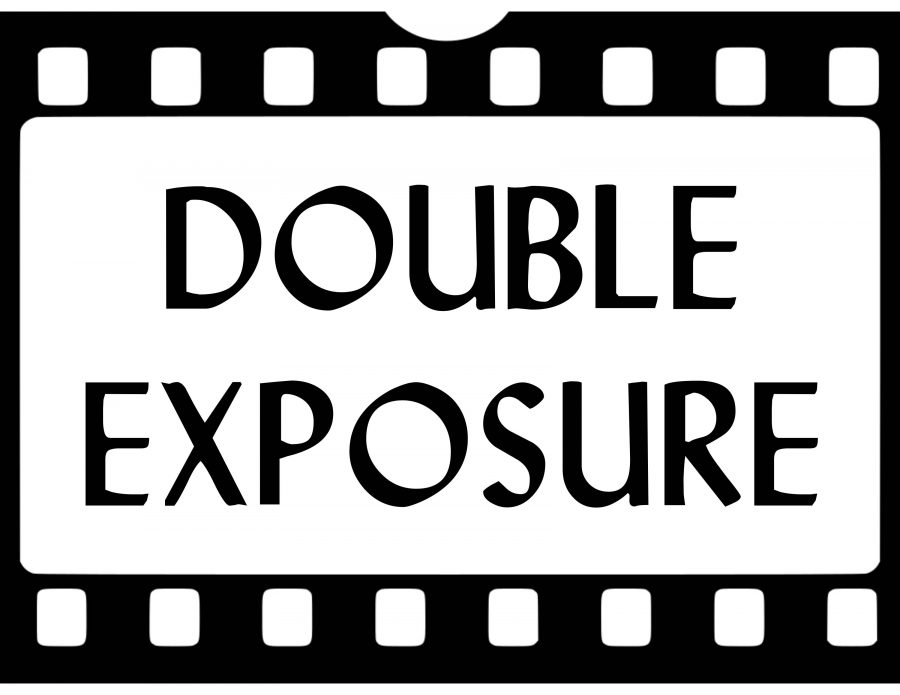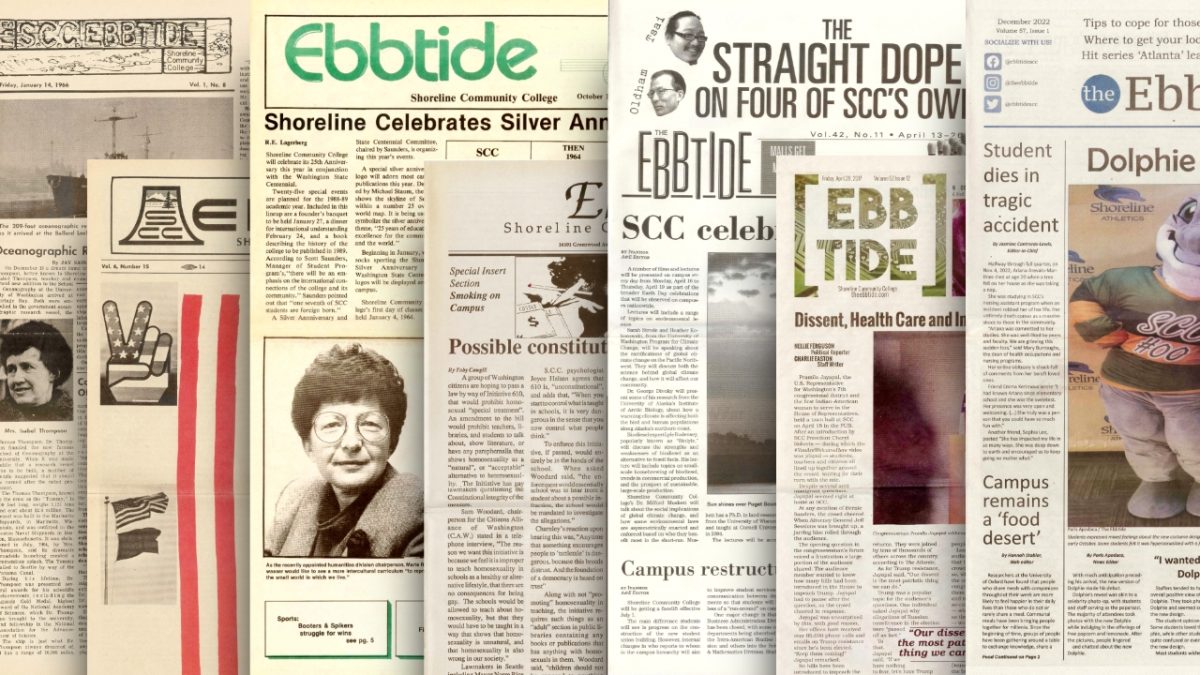The 20th century is notorious for its remarkable output of western films. But what distinguishes “How the West was Won” from the rest is its dramatically comprehensive chronicling of 1800s America.
The nearly two-and-a-half hour long saga depicts the epic highs and devastating lows of trying to forge a new life as a settler in the American west.
Its unique setup divides the film into three chronological sections, each executed by notable directors of the era: Henry Hathaway kicks off the story with “The Rivers, The Plains, The Outlaws,” John Ford tackles the middle segment “The Civil War” and George Marshall concludes with “The Railroad.”
Because of this, the energy of “How the West was Won” has the ability to range from high action to introspective drama.
“How the West was Won” features a plethora of the day’s greatest actors, such as James Stewart, Debbie Reynolds, Henry Fonda, John Wayne and Gregory Peck.
As the plot alternates between select groups of characters and their respective storylines, viewers are taken on a vicarious excursion through the 19th century with scenes that include fighting in intense battles, taking on raging river waters, building a home on a farm and finding success as a traveling performer.
As is the case with the majority of western film and television of the era, certain liberties are taken with the historical narrative. It is a much more dramaticized view of the old west, making the flick tend toward romantic and even patriotic at times.
But through it all, one can’t deny the beauty of the sweeping Cinerama viewing experience. One which — on certain Blu-ray copies of the film — the viewer can see recreated on their own screen at home by selecting the “Smilebox” feature to mimic the ultra-wide, curved theater screens of yesteryear.
Another highlight is the beautiful soundtrack by Alfred Newman. Along with utilizing bold, brassy western melodies to ring in the film, Newman also weaves in a reworked version of “Greensleeves” as a recurring theme to drive home the ever-present poignance that the plot evokes.
If nothing else, “How the West was Won” is a visceral tribute to the most scenic spots in the U.S.








